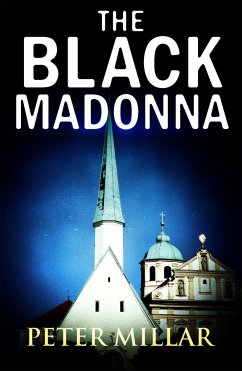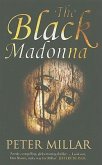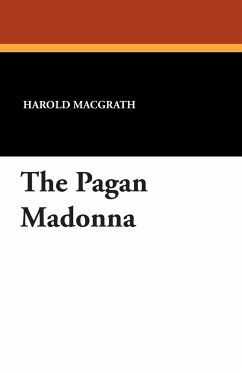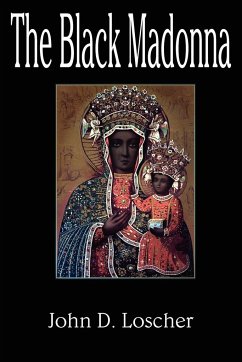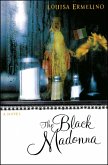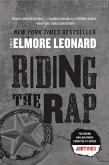A globetrotting thriller, which mixes geopolitics with exciting action. An important archaeological find is stolen from a museum in Gaza, and the curator Nazreem Hashrawi is assaulted. She teams up with her former lover Marcus Frey to try and recapture the statue of the Black Madonna. Millar is also the translator of the bestselling "White Masai" by Corinne Hofmann. 'Look out, Dan Brown, make way for Millar.' Jeffrey Deaver
A book to make Dan Brown turn green with envy. In the ruins on the outskirts of Gaza a young female archeologist has made a remarkable find: possibly the earliest known image of the Virgin Mary, created during her lifetime. But before she can reveal it to the world it is stolen amidst the chaos of an Israeli air strike. With her former lover, an Oxford professor, she sets out on a quest to discover who has stolen the image and why, encountering mystery, murder, myth and geopolitics and beginning to unearth a conspiracy that dates to the final pagan Roman emperor. "Look out Dan Brown, make way for Millar"--Jeffery Deaver
Hinweis: Dieser Artikel kann nur an eine deutsche Lieferadresse ausgeliefert werden.
A book to make Dan Brown turn green with envy. In the ruins on the outskirts of Gaza a young female archeologist has made a remarkable find: possibly the earliest known image of the Virgin Mary, created during her lifetime. But before she can reveal it to the world it is stolen amidst the chaos of an Israeli air strike. With her former lover, an Oxford professor, she sets out on a quest to discover who has stolen the image and why, encountering mystery, murder, myth and geopolitics and beginning to unearth a conspiracy that dates to the final pagan Roman emperor. "Look out Dan Brown, make way for Millar"--Jeffery Deaver
Hinweis: Dieser Artikel kann nur an eine deutsche Lieferadresse ausgeliefert werden.

